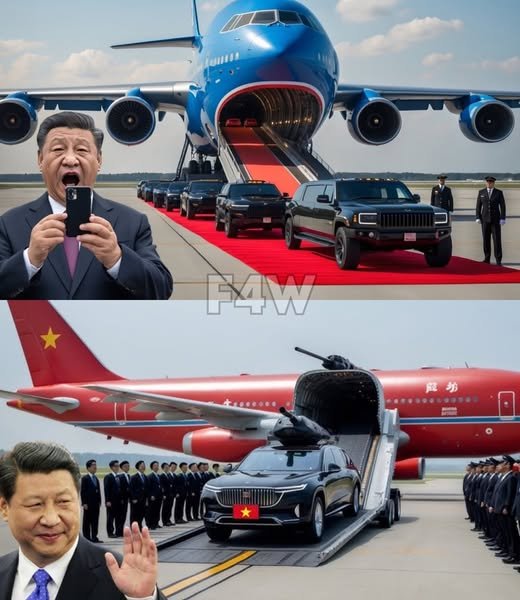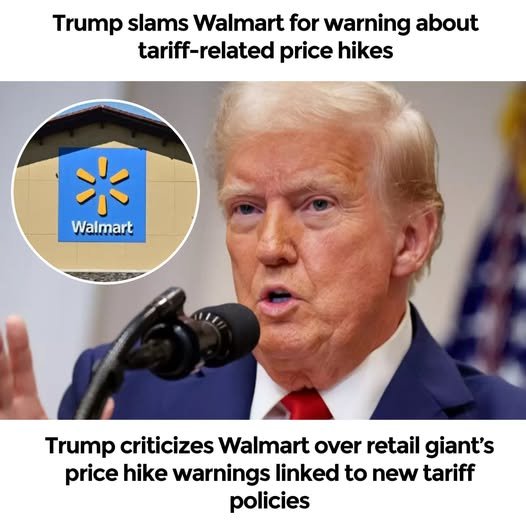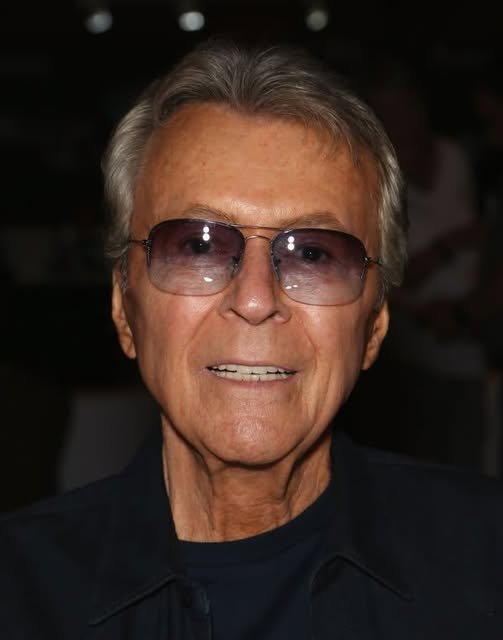The unveiling of the United States’ new $10 billion presidential jet has ignited a firestorm of debate, and rightfully so. This isn’t just an upgrade; it’s a declaration. A declaration of unparalleled executive-level security, a testament to American air dominance, and, more controversially, a potent symbol of unchecked power.
On one side, proponents argue this airborne fortress is a necessary evolution in protecting the Commander-in-Chief. In an increasingly unstable world, the President is a prime target. The next-generation stealth technology, advanced electronic warfare systems, and unmatched defense capabilities are not extravagant luxuries but essential tools. They ensure the President can travel and communicate securely, making critical decisions without fear of interception or attack. The ability to project American influence and respond swiftly to global crises hinges on the President’s mobility, making this jet a vital strategic asset.
However, critics paint a far more unsettling picture. A $10 billion price tag raises serious questions about resource allocation. Could those funds have been better spent on addressing pressing domestic issues like healthcare, education, or infrastructure? The optics are undeniably troubling. In a nation grappling with economic inequality, the image of a President soaring above in a state-of-the-art, heavily guarded aircraft smacks of elitism and detachment from the concerns of ordinary citizens.
Beyond the financial implications, the jet’s advanced capabilities raise ethical concerns. The stealth technology and electronic warfare systems could be perceived as aggressive tools, signaling a willingness to engage in covert operations and surveillance on a global scale. This undermines international trust and fuels the narrative of American exceptionalism, further isolating the United States on the world stage.
Moreover, the very existence of such a heavily fortified aircraft creates a dangerous precedent. Does it signify a growing sense of paranoia and isolation within the highest echelons of power? Does it reflect a belief that the President is somehow above or beyond the reach of the people they serve? These are uncomfortable questions, but they demand answers.
Ultimately, the $10 billion presidential jet is more than just a plane. It’s a Rorschach test, revealing our deepest anxieties and conflicting values. It forces us to confront the tension between security and excess, between national pride and global responsibility. As this airborne symbol of American power takes flight, we must ask ourselves: Is this a necessary shield, safeguarding our leader and our interests, or a gilded cage, isolating them from the very people they are sworn to protect? The answer, it seems, depends on who you ask and what you believe about the role of the United States in an increasingly complex world.



